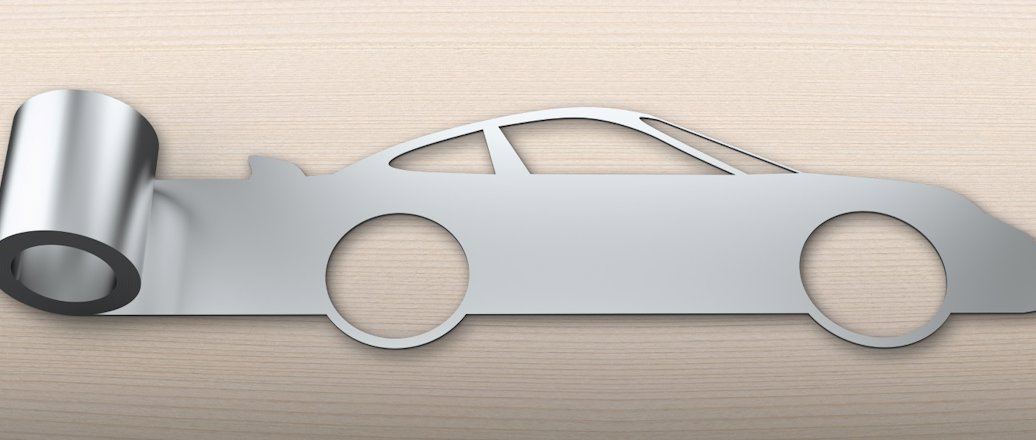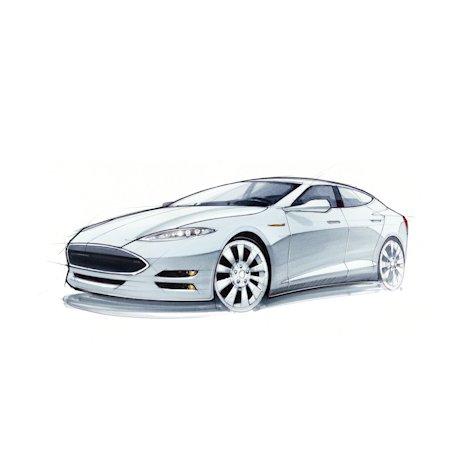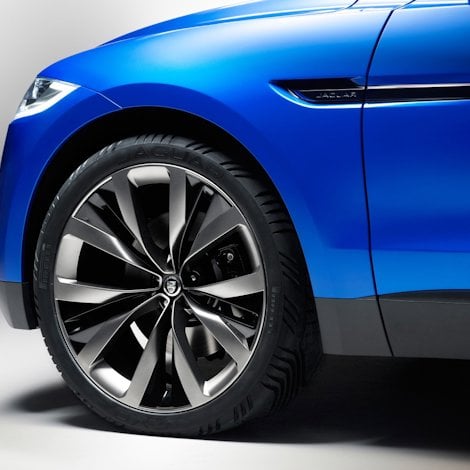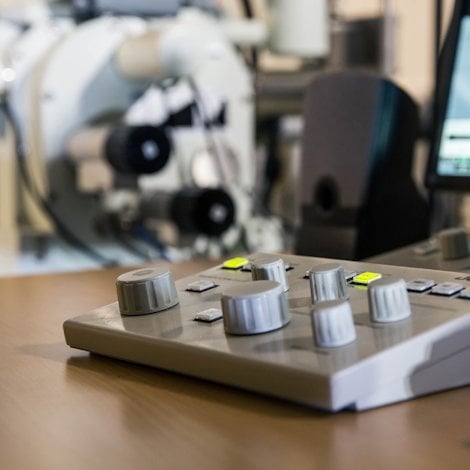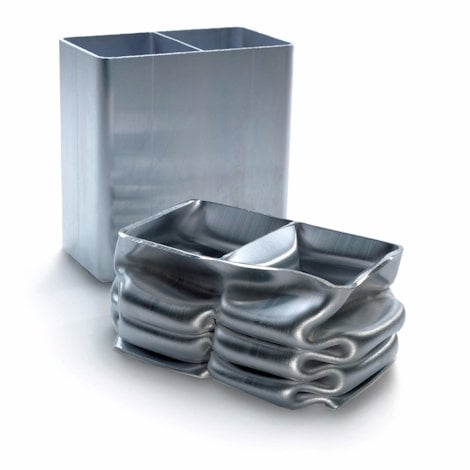How lightweight design saves costs in battery-electric vehicles
Lightweight design with the use of aluminium can save costs in battery-electric vehicles. A new study shows how this can be achieved.
A study on battery-electric vehicle (BEV) design strategy was carried out by the aluminium company Hydro and the German automotive research institution fka GmbH. Their goal was to model the cost savings that lightweighting can achieve in BEVs: Would the reduced weight by exchanging steel parts to aluminium parts lead to increase in driving range that would again lead to reduced battery and other components size and costs of BEVs?
For their simulations, they chose four reference vehicles:
- Two single-motor compact cars with respective ranges of 200 km and 400 km
- Two twin-motor sports utility vehicles of 400 km and 600 km in range
The power required to drive a car a certain range is governed by physical laws of aerodynamics, gravity, acceleration and rolling resistance. While this is straightforward to model, there are some key assumptions to be made regarding the expected driving cycle (i.e. the mix of acceleration and speed) and the vehicle’s ability to recuperate energy while braking.
The study hence considered two types of standardized drive cycles and used an annual mileage calculation of 15,000 km. The study also considered two energy recuperation strategies. Further, they added a vehicle ownership period of five years and an interest rate of 1%.
The main cost parameters in the model were powertrain costs, with battery costs the most important factor, and electricity costs. To ensure we account for the rapidly falling costs of batteries, the baseline for battery costs are conservatively taken for 2025, when the cost is assumed to drop to a level of €100/kWh with a storage density of 220Wh/kg in the model.
Lightweighting has substantial impact on cost for BEVs
The model showed cost savings resulting from secondary weight reductions and the downsizing of the battery and drivetrain components, while keeping the same range.
The estimated impact of lightweighting under such conservative modelling was still found to be significant, totaling about €4 per kg of mass reduction for a compact car, and around €7 per kg for a high-range SUV, assuming 400 km range.
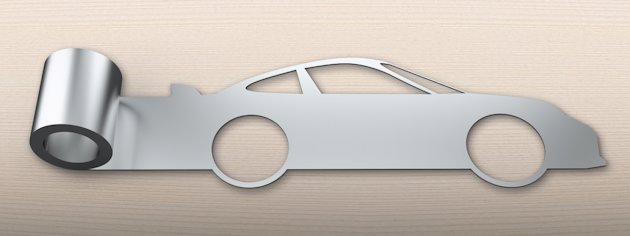
Cost savings could increase further under real driving conditions
The study revealed several other interesting points:
- More real-world and dynamic driving cycles would increase these cost savings appreciably
- A more realistic brake energy recuperation assumption also increases the cost saving substantially
- The cost benefit would gradually decrease in the distant future due to better energy density and reduced battery cost
- Since BEVs are required to increase their range, e.g. up to 600 km, the cost savings achieved through lightweighting will increase further, keeping the need to lightweight in focus also in the very long term
To conclude, the primary weight reduction of a BEV using aluminium could increase the production cost of the vehicle’s structure. However, because lighter cars lead to smaller battery packs for the same driving range, as well as lower energy costs for running the vehicle, the adaptation of the drivetrain and the secondary weight reductions would offset these primary weight-reduction costs through savings in components and operational costs.
Alternatively, the lightweighting effect could be realized by gaining driving range.
These savings come on top of the vehicle performance improvements, in terms of handling and dynamics, and also the point that a lighter BEV is more energy efficient, consuming less electric energy, which is great in itself.

